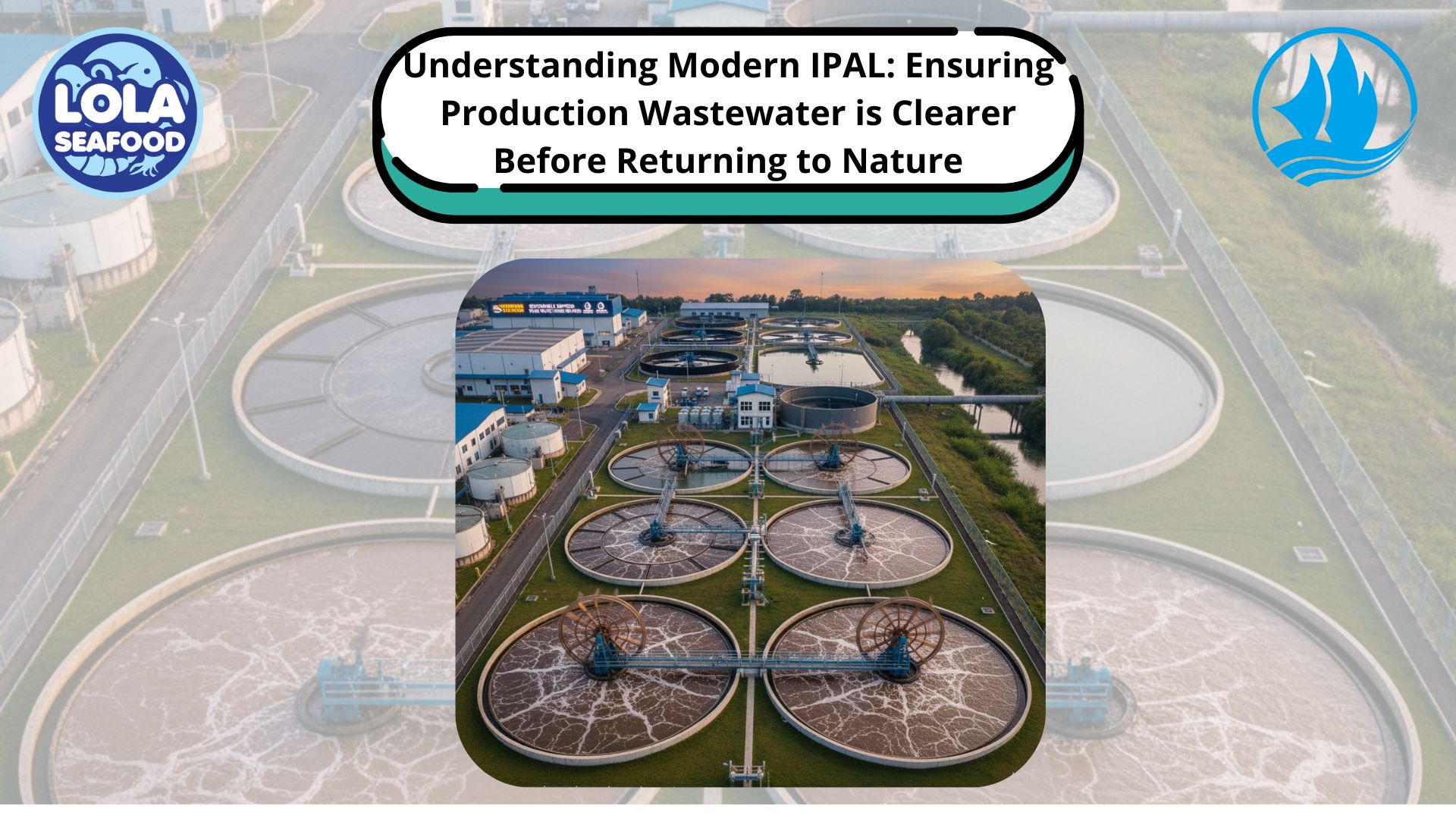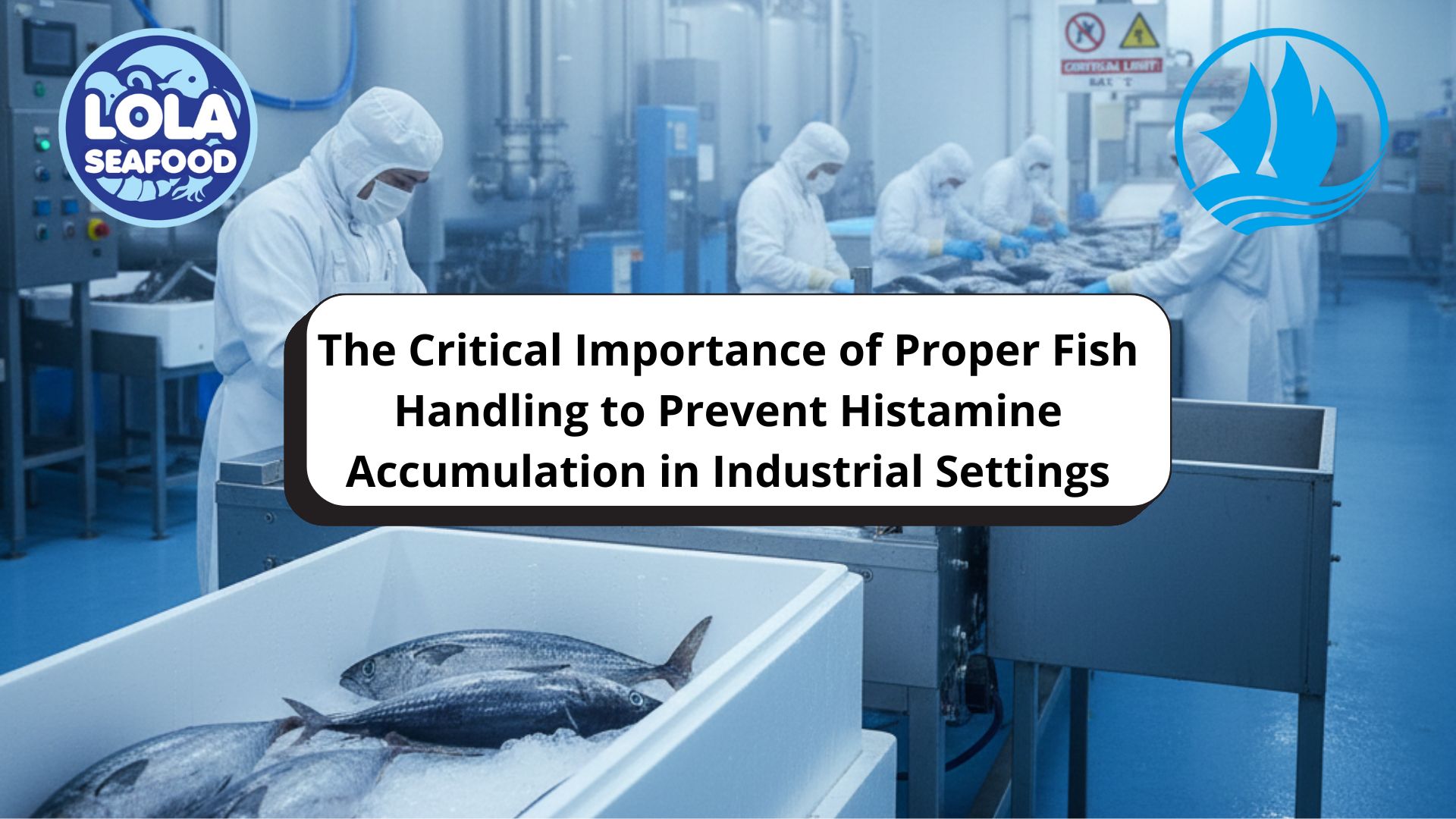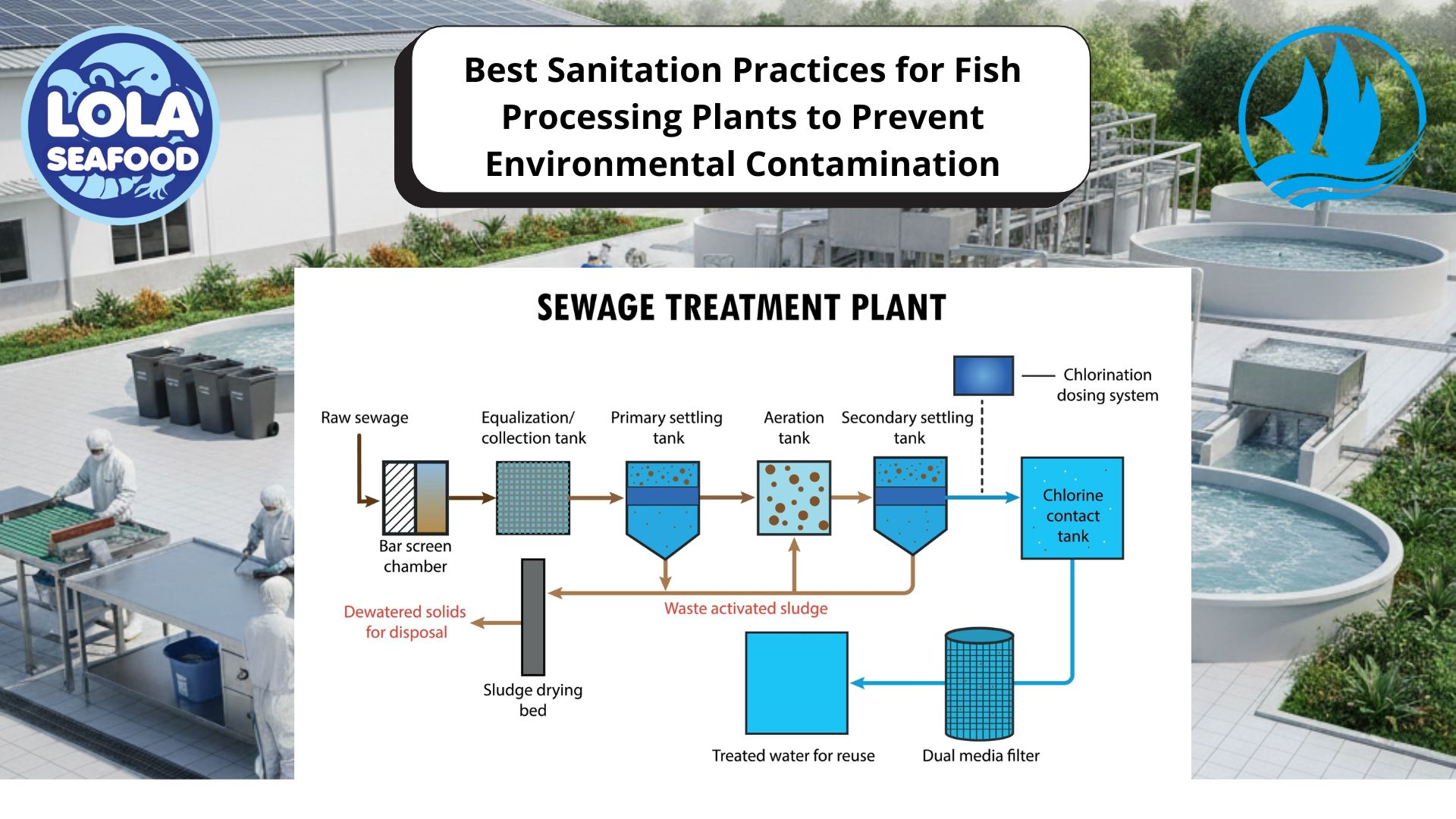Water Safety in SSOP: A Critical Component for High Quality Food Production
By. Najih - 17 Sep 2025.jpg)
Kelolalaut.com Water is one of the most essential elements in food production, particularly in seafood processing facilities. From cleaning raw materials to sanitizing equipment, water touches nearly every stage of production. In Sanitation Standard Operating Procedures (SSOP), water safety is emphasized as a critical factor in ensuring the quality and safety of the final product. Contaminated water can compromise not only the product but also the reputation of the company and the health of consumers. Therefore, understanding, monitoring, and maintaining water quality is a non-negotiable priority in food safety management.
The Role of Water in Food Production
Water is used extensively in food processing. It washes raw fish, rinses processing surfaces, forms ice for cold storage, and may even become part of the final product. Because it has so many points of contact, water can either be a safeguard or a source of contamination. SSOP guidelines recognize this dual role and require facilities to have clear procedures to ensure that all water used is clean, potable, and meets local and international safety standards.
Hazards Associated with Unsafe Water
Using unsafe water in food processing can introduce a wide range of hazards. Microbial contamination is the most common and dangerous. Pathogens such as Salmonella, Listeria monocytogenes, and Vibrio species can easily spread through contaminated water, potentially leading to foodborne illnesses. Chemical contaminants, such as heavy metals or pesticide residues, may also be present if water is not properly monitored. These hazards can result in product recalls, legal liabilities, and significant financial losses for producers.
SSOP Requirements for Water Safety
SSOP establishes specific requirements to ensure water safety:
- Potable Water Supply – Facilities must source water from a reliable supply that meets drinking water standards. This usually involves municipal water or a well that is regularly tested for microbial and chemical contaminants.
- Routine Testing – Regular microbiological and chemical testing is required to confirm that water remains safe for use. Testing parameters typically include total coliforms, E. coli, and other indicators of contamination.
- Maintenance of Water Systems – Pipes, tanks, and ice machines must be cleaned and sanitized to prevent biofilm formation, which can harbor harmful bacteria.
- Control of Reuse Water – In some operations, water is reused for secondary purposes, such as floor cleaning. SSOP mandates that reuse water be clearly segregated and never come into contact with food or food-contact surfaces unless it meets safety standards.
- Proper Chlorination and Filtration – Where necessary, water must be treated through chlorination, UV light, or filtration to remove contaminants.
Employee Training and Monitoring
Even the best water management system can fail without proper employee training. SSOP encourages facilities to educate staff on the importance of using clean water and to report any irregularities, such as changes in water color, odor, or pressure. Operators should keep records of water quality testing, equipment maintenance, and corrective actions taken in case of contamination. These records serve as proof of compliance during audits and inspections.
Benefits of Ensuring Water Safety
Maintaining water safety yields multiple benefits. First and foremost, it protects consumer health by preventing contamination. Secondly, it helps maintain the quality of the product—clean water preserves the natural flavor, texture, and freshness of seafood. Additionally, it safeguards the brand’s reputation, as a single incident of contamination can severely damage consumer trust. Finally, it ensures compliance with regulatory standards, avoiding costly fines and production shutdowns. Water safety is more than just a box to check in SSOP—it is a cornerstone of food safety and quality assurance. By ensuring that all water used in food processing is potable, regularly tested, and properly managed, seafood producers can minimize risks and deliver safe, high-quality products to consumers. Effective water management is an investment in both public health and business sustainability.
If youre interested in our Parrotfish Fillet Skin On and Parrotfish Fillet Skinless please do not hesitate to contact us through email and/or Whatsapp
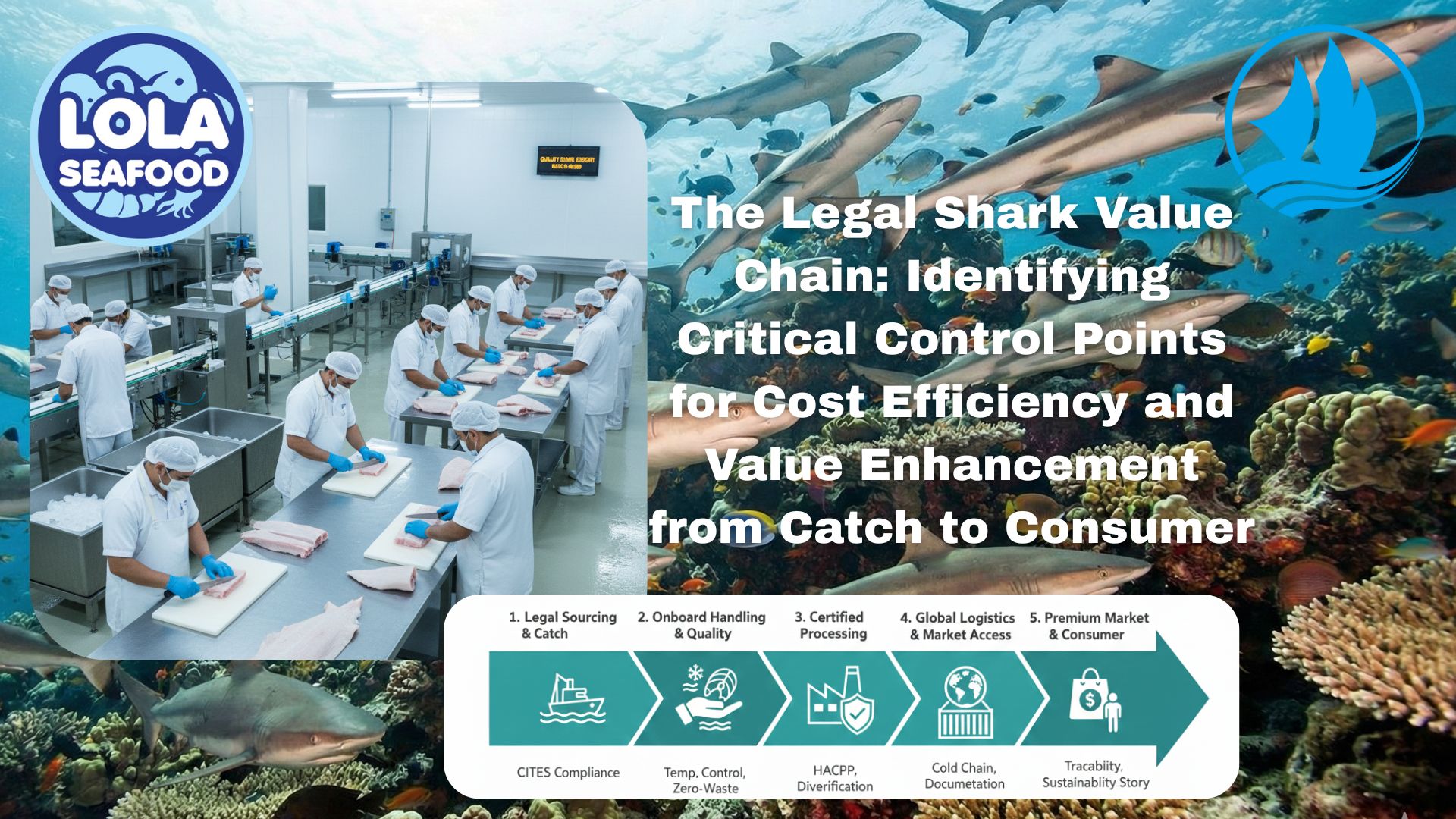
The Legal Shark Value Chain: Identifying Critical Control Points for Cost Efficiency and Value Enhancement from Catch to Consumer
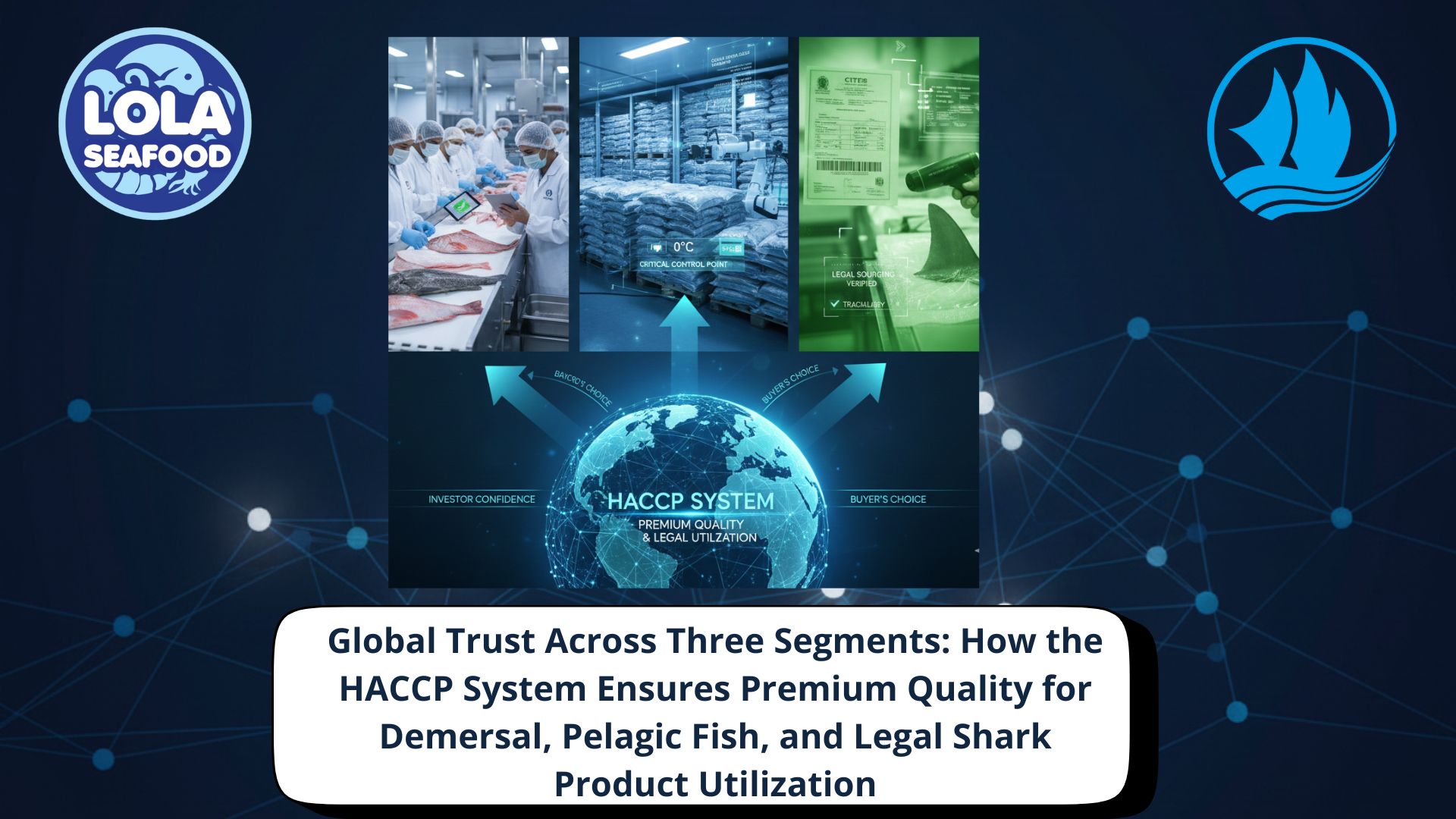
Global Trust Across Three Segments: How the HACCP System Ensures Premium Quality for Demersal, Pelagic Fish, and Legal Shark Product Utilization
.jpg)
Green Investment, Profitable Harvest: How Sustainability Practices Reduce Operating Costs in Fish Fillet Processing Plants (Skin-On and Skin-Less)
 in Meeting Global Protein Demand Sustainably.jpg)
